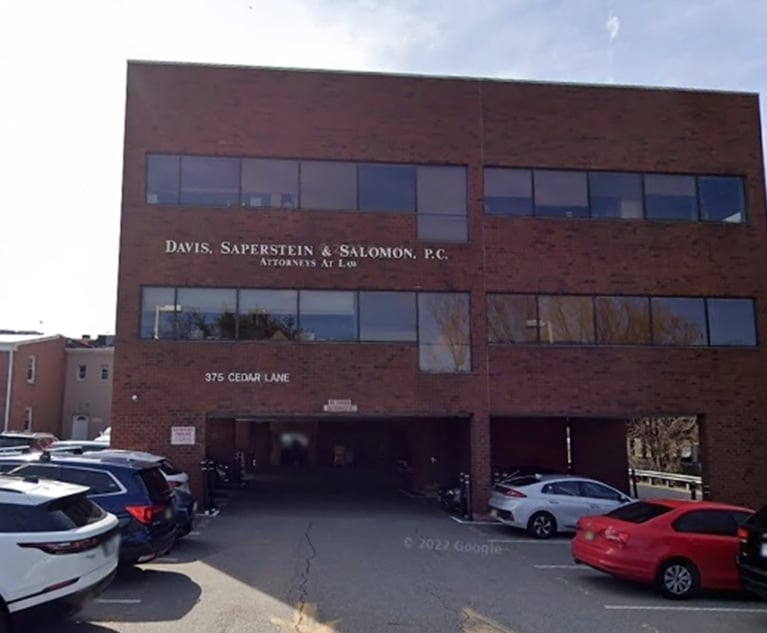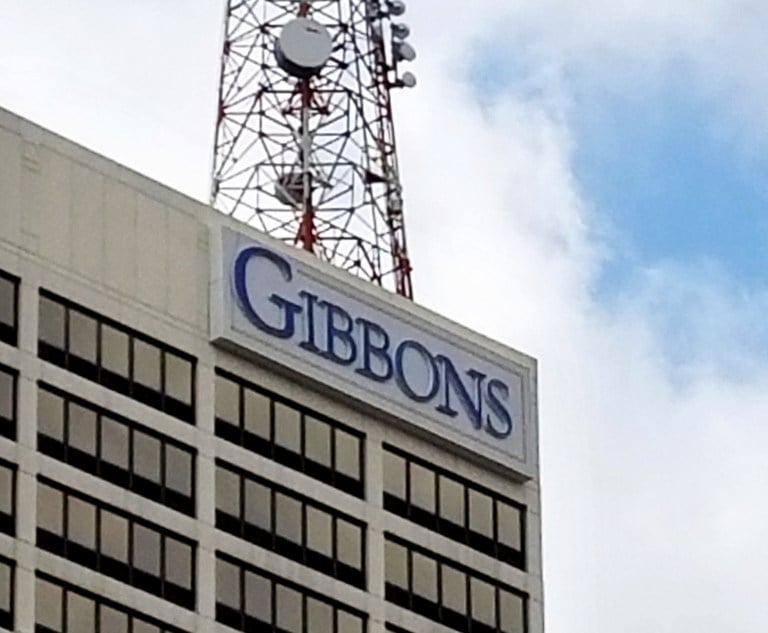The recent case of In re Cellect, No. 22-1293 (Fed. Cir. 2023) serves as a warning to patent owners who rely too heavily on the U.S. Patent and Trademark Office (USPTO) to completely and accurately examine their patent applications. In Cellect, the USPTO’s failure to issue an obviousness-type double patenting (ODP) rejection during prosecution, combined with a grant of Patent Term Adjustment (PTA) under pre-AIA 35 U.S.C. 154(b), led to the invalidation of Cellect LLC’s patents. This article presents patent owners with several options to consider to avoid a fate similar to Cellect.
Background
Cellect owned a patent portfolio including a number of related child patents, all claiming priority from a single parent patent. During prosecution of the family, two notable events occurred.








